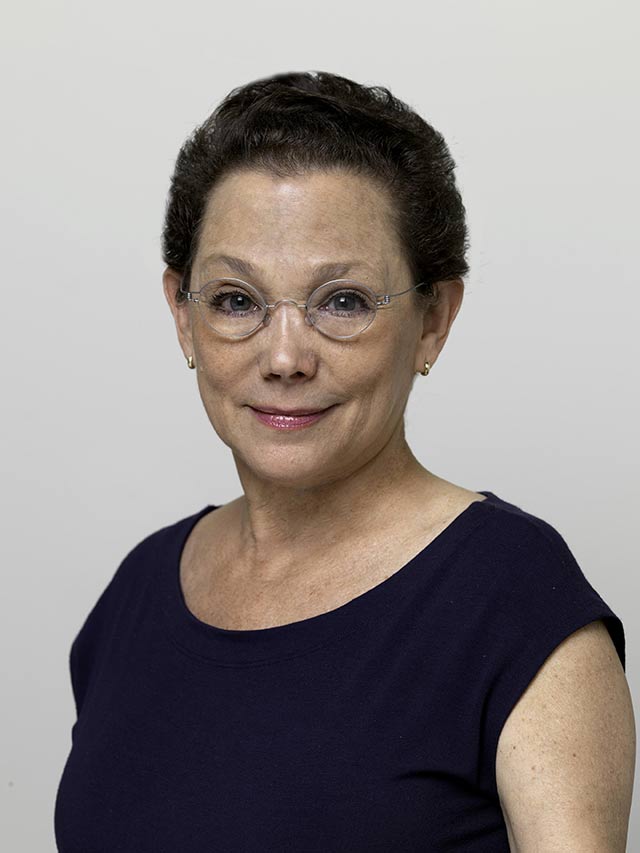 From 2006-2011, I worked in Human Resources for a Fortune 500 media company focused on Talent Development and Strategic Recruitment. One of my primary responsibilities was managing the summer internship program. From beginning to end, the summer internship program is a full year effort and includes dozens of executives. Recruiting started in October, interviewing took place January through April, processing occurs in May, the program itself ran from June to August, and then offer decisions were reached by November. The internship program was viewed as a 10-week interview, and the primary goal for the company was to create a talent pipeline. These 30 students were selected through a rigorous recruitment process out of hundreds of applicants. The group included college seniors and 1st year MBAs from top schools across the country. Students were expected to quickly add value and take on a variety of projects over the summer. A centerpiece of the program was the Intern Challenge, a collaborative consulting project, where the interns worked across divisions to address a real business challenge.
From 2006-2011, I worked in Human Resources for a Fortune 500 media company focused on Talent Development and Strategic Recruitment. One of my primary responsibilities was managing the summer internship program. From beginning to end, the summer internship program is a full year effort and includes dozens of executives. Recruiting started in October, interviewing took place January through April, processing occurs in May, the program itself ran from June to August, and then offer decisions were reached by November. The internship program was viewed as a 10-week interview, and the primary goal for the company was to create a talent pipeline. These 30 students were selected through a rigorous recruitment process out of hundreds of applicants. The group included college seniors and 1st year MBAs from top schools across the country. Students were expected to quickly add value and take on a variety of projects over the summer. A centerpiece of the program was the Intern Challenge, a collaborative consulting project, where the interns worked across divisions to address a real business challenge.
As a teacher, the start of the summer internship program felt a lot like the first day of school. We covered the basics—timesheets, cafeteria, and ID cards—but we also discussed navigating the company, recommendations for effective networking, learning and development opportunities, and the Intern Challenge projects. From Day One, we communicated that the internship program was highly valued and that we looked forward to a summer of teaching and learning on everyone’s part. In this way, the internship program was designed for experiential learning.
In my experience, I’ve noticed that the most successful interns establish a solid foundation from Day One by doing the following:
- Focus on developing and shaping your brand.
- Be interested. Everyday.
- Pay attention to the details.
- Keep your ego in check.
- Build relationships.
Internships are a phenomenal opportunity to get inside a company, see what it’s like, decide if it’s for you, practice real life skills, and develop your brand. Whether you return to this particular company or not, the experience is one you’ll have forever. You control the success of your internship, so make the most of it!
By Brad Hoffman, M.S.Ed.Board Certified Educational Planner and Learning Specialist
My Learning Springboard
 The
The  What a great weekend! I traveled to Chevy Chase, Maryland for the
What a great weekend! I traveled to Chevy Chase, Maryland for the  We hear a lot about different types of schools, math programs, reading programs, and so on. All of this information can feel overwhelming. Parents feel a lot of pressure to make the “right” decisions. What I’ve come to learn is that there isn’t one right decision. There are lots of great schools, great programs, great teachers, and great supports. Each one has its pros and cons and has to be chosen in balance with your family’s values, the individual child’s needs, and real-life constraints. At the end of the day, what we all want is for each student to achieve success. But what is success? What does it look like? Sound like? Is it the same for everyone? Is there only one route from Point A to Point B? No way.
We hear a lot about different types of schools, math programs, reading programs, and so on. All of this information can feel overwhelming. Parents feel a lot of pressure to make the “right” decisions. What I’ve come to learn is that there isn’t one right decision. There are lots of great schools, great programs, great teachers, and great supports. Each one has its pros and cons and has to be chosen in balance with your family’s values, the individual child’s needs, and real-life constraints. At the end of the day, what we all want is for each student to achieve success. But what is success? What does it look like? Sound like? Is it the same for everyone? Is there only one route from Point A to Point B? No way. Lilyan Aloma is an established educator with more than 20 years of experience as a Spanish teacher in New York City independent schools. Lilyan specializes in developing creative
Lilyan Aloma is an established educator with more than 20 years of experience as a Spanish teacher in New York City independent schools. Lilyan specializes in developing creative